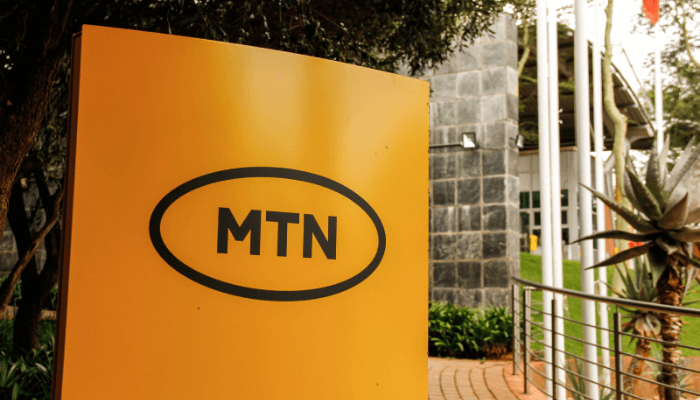In a report released last week, South African accounting firm Mazars stated that crypto exchange Binance.com is fully collateralized. Binance had commissioned the report to assure customers that it had enough reserve funds to cover customers’ assets on the exchange at a ratio of at least 1:1.
According to the report, as of 22 November 2022 at 11:59pm UTC, the reporting date, Binance’s bitcoin asset balance (Binance’s bitcoins) was 582,486 bitcoins and its customer liability balance (customers’ bitcoins) was 597,602 bitcoins. Comparing these two figures, Binance’s bitcoin holdings are under-collateralized by 3% (or $245 million, per the bitcoin price on the reporting date) against its customers’ bitcoin assets.
However, if the ratio is taken as Binance’s bitcoin asset holdings against customer net liability balance (Binance’s preferred metric), which factors in bitcoin lent out as loans to customers and stands at 575,742 bitcoins, Binance is over-collateralized by 1%, according to Binance spokeswoman Jessica Jung in a statement to the Wall Street Journal. This means that Binance can fulfill all customer withdrawals.
The report has been met with much doubt and criticism by experts in the crypto space. To start with, the credibility of the South African firm Mazars, which claims to employ over 42,000 accounting professionals in 90 countries, has been called into question.
According to a July report by the Financial Reporting Council, “[Mazars has] been growing too fast, picking up higher risk audits being dropped by their peers, without adequate controls to ensure high quality audits.”
The firm has been a favorite among crypto exchanges looking to paint a picture of solvency and transparency to customers following the collapse of FTX. Crypto.com and KuCoin have both engaged the firm to produce their own proof of reserves reports.
Eden Au, crypto research director at crypto publication The Block casts doubt about the completeness of the report.
“Mazars’ report only shows a part of Binance’s assets and liabilities…more information is needed to get a sense of the whole picture of the exchange’s solvency,” he said.
Regulators have also raised concerns about the report. Former Securities and Exchanges Commission (SEC) internet enforcement chief, John Reed Stark tweeted, “Binance’s ‘proof of reserve’ report doesn’t address effectiveness of internal financial controls, doesn’t express an opinion or assurance conclusion and doesn’t vouch for the numbers. I worked at SEC Enforcement for 18+ yrs. This is how I define ‘red flag’.”
Perhaps most telling is the disclaimers that the Mazars scattered across the report. Firstly, it states that the report was conducted using an Agreed-Upon Procedure (APU). The procedure involved Mazars “performing the procedures that have been agreed with Binance, and reporting the findings…”. However, Mazars claims that it made “no representation regarding the appropriateness of the AUP.”
The second disclaimer Mazars made with regards to the report is that the AUP engagement was not an assurance engagement and hence the firm does not express an opinion or an assurance conclusion.
“Had we performed additional procedures, other matters might have come to our attention that would have been reported,” the firm adds.
Since the collapse of the crypto exchange FTX in early November following reports pointing to potential leverage and solvency issues involving its trading firm Alameda Research, exchanges including Binance have been rushing to gain back the trust of crypto users in centralized crypto exchanges.
Recent reporting by Reuters also states that the US’ Department of Justice is considering pursuing legal action against Binance, with some of the charges being keeping weak anti-money laundering controls, processing over $10 billion in payments for criminals and companies seeking to evade U.S. sanctions, and plotting to evade regulators in the United States and elsewhere.




















